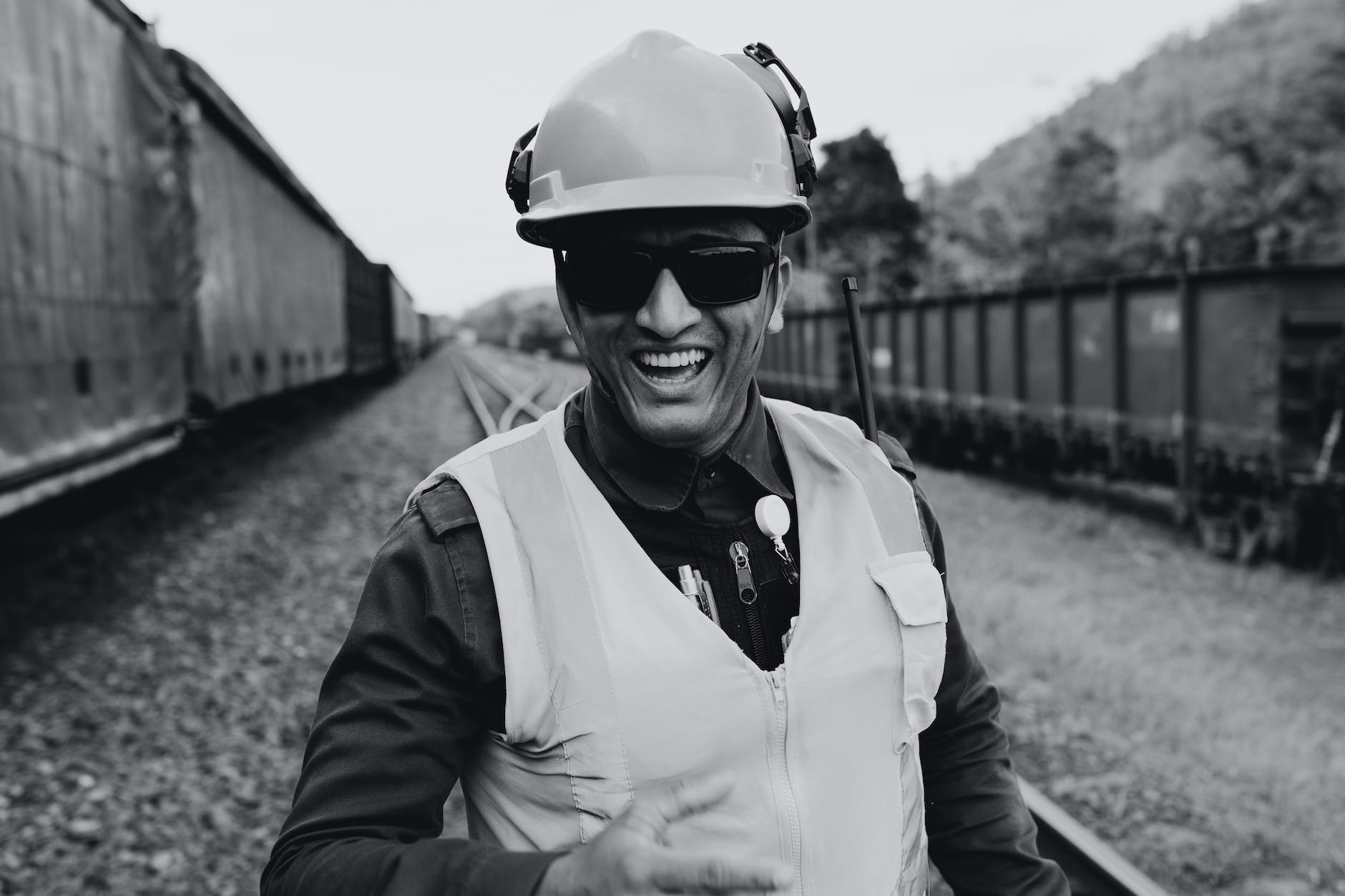
Head Protection: Personal Protective Equipment
Introduction
When it comes to ensuring workplace safety, head protection stands as a paramount concern. Personal Protective Equipment (PPE) for head protection plays a critical role in safeguarding workers from potential head injuries. In this article, we’ll delve into the importance of head protection, the various types of headgear available, and how to choose the right one for different working environments.
The Significance of Head Protection
Head injuries can be severe and even fatal, making head protection a vital aspect of workplace safety protocols. Whether it’s a construction site, manufacturing unit, or any hazardous environment, head injuries are a constant threat. Wearing appropriate headgear not only reduces the risk of head injuries but also ensures compliance with safety regulations.
Types of Head Protection Gear
Hard Hats
Hard hats are one of the most common forms of head protection. They are designed to deflect falling objects and provide cushioning against impacts. Hard hats are often color-coded to signify different roles or levels of expertise in a construction site.
Bump Caps
Bump caps offer basic protection against minor bumps, scrapes, and cuts. They are commonly worn in environments where there is a risk of hitting the head against low ceilings, beams, or hanging objects.
Helmets
Helmets are specialized headgear used in industries such as firefighting and rescue operations. They offer extended protection, often including features like face shields and communication systems.
Welding Helmets
Welding helmets provide protection against sparks, intense light, and heat generated during welding processes. They come with adjustable visors and filters to safeguard the eyes and face.
Selecting the Right Headgear
Choosing the appropriate head protection involves considering factors like the type of work being performed, potential hazards, and comfort. Employers should conduct thorough risk assessments to determine the necessary level of protection.
Assessing Workplace Hazards
Identifying potential hazards is essential. Falling objects, electrical hazards, and chemical splashes are all factors that influence the choice of headgear.
Comfort and Fit
Headgear that doesn’t fit well can be uncomfortable and may not provide adequate protection. Ensuring the right fit is crucial for prolonged usage.
Compliance with Standards
Head protection gear should adhere to safety standards set by relevant authorities. Look for markings like ANSI or OSHA compliance when choosing headgear.
Maintenance and Replacement
Regular inspection and maintenance of head protection gear are crucial. Damaged headgear should be replaced immediately to ensure continuous protection.
Conclusion
In conclusion, head protection through Personal Protective Equipment is an indispensable aspect of workplace safety. From hard hats to specialized helmets, choosing the right headgear significantly reduces the risk of head injuries. Prioritizing comfort, fit, and compliance with safety standards will ensure a safer working environment.
Safety Hand Gloves: Personal Protective Equipment
Safety Shoes OR Safety Boots: Personnel Protective Equipment
Industrial Safety Helmet OR Hard Hat: Personnel Protective Equipment
Personal Protective Equipment (PPE)
Safety Goggles: Personal Protective Equipment
FAQs
- Is it necessary to wear head protection at all times? Yes, in environments where there’s a risk of head injuries, wearing head protection is necessary to mitigate potential hazards.
- Can I use a bump cap in place of a hard hat? Bump caps are designed for different levels of protection. Hard hats are recommended for scenarios with a higher risk of head injuries.
- How often should I replace my headgear? Damaged or worn-out headgear should be replaced immediately. Regular inspection can help identify when replacement is needed.
- Can I decorate my hard hat for personalization? While personalization is tempting, it’s important not to compromise the structural integrity of the hard hat. Any modifications should adhere to safety standards.
- Are there headgear options for specific medical conditions? Yes, there are specialized headgear options designed for individuals with medical conditions like epilepsy or sensitivity to light. Consult with experts to find the right solution.
Very helpful